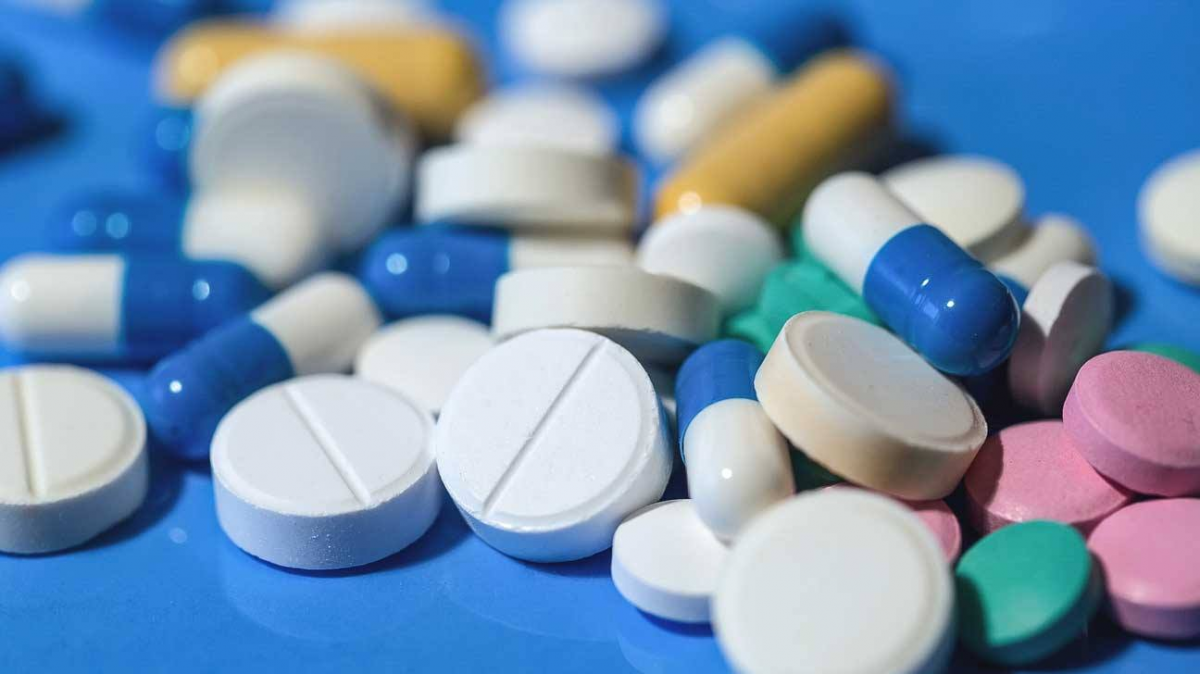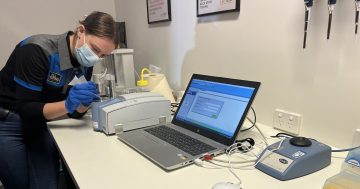
The Drug Strategy Action Plan outlines the government and sector’s priorities when it comes to minimising harms from alcohol, tobacco, illicit drugs and non-medical use of pharmaceuticals. Photo: Pharmacy Facebook.
The funds spent on reducing the harm caused by drugs in the community ultimately saves money and has positive outcomes for our health, advocacy groups said when welcoming two new reports.
The ACT Government has released the mid-point progress report for its Drug Strategy Action Plan (DSAP) as well as its harm reduction cost-benefit analysis.
These reports confirm the current harm reduction initiatives are a sound public health investment, Alcohol, Tobacco and Other Drug Association ACT (ATODA) says.
ATODA CEO Anita Mills said the reports reaffirmed what they have long known – harm reduction worked.
“For every $1 spent on our current package of harm reduction interventions, the ACT community receives $10.80 in societal health and economic benefits,” she said.
“This sends a strong message that we need to continue investing in evidence-based services.”
Mitch Lamb from the Canberra Alliance for Harm Minimisation and Advocacy (CAHMA) said existing harm reduction services included take-home naloxone, needle and syringe programs, opioid agonist treatment, CanTEST drug checking and peer-led supports.
He said the cost-benefit analysis showed take-home naloxone has the highest cost-benefit ratio of any intervention assessed and returned $17.80 in economic and social value for every $1 invested.
“This report confirms what peer organisations, researchers and frontline workers have long said: harm reduction saves lives and makes economic sense,” Mr Lamb said.
“Now is the time for the ACT Government to act on that evidence – not just by maintaining funding, but by expanding and embedding services that save lives and deliver effective interventions, including a Canberra-based safe injecting facility.”
The DSAP outlines the government and sector’s priorities when it comes to minimising the harms from alcohol, tobacco, illicit drugs and non-medical use of pharmaceuticals.
Its mid-point report says 27 of its 34 actions have been significantly progressed or completed.
One of the plan’s achievements is drug law reform, with the ACT becoming the first jurisdiction in Australia to decriminalise personal possession of illicit drugs in 2023. It also resulted in the Territory becoming home to the country’s first fixed-site drug checking service, CanTEST.

Rachel Stephen-Smith said the changes outlined in the DSAP mid-point report were benefitting the community. Photo: Michelle Kroll.
During the plan, the ACT’s Drug and Alcohol Sentencing List expanded from 35 to 42 concurrent participants to try to get people out of the criminal justice system while ensuring they get the help they needed.
Also, the government has secured a $1.065 million Federation Funding Agreement during the life of the DSAP to enhance Quitline and other smoking and vaping cessation support services.
Minister for Health Rachel Stephen-Smith welcomed the DSAP mid-point progress report and noted it showed stable community outcomes and declining drug-related charges, demonstrating the changes were working for the benefit of the community.
“We are also investing across the health sector to improve alcohol and other drug services and facilities in the ACT, with programs like the Pathways to Assistance and Treatment (PAT) mobile clinic and the take-home naloxone program, making a real difference to people’s lives,” she said.
“We are also working with our community partners to deliver specialised services for vulnerable groups in the ACT, including Canberra’s first Aboriginal and Torres Strait Islander alcohol and other drug residential rehabilitation facility, as well as a new facility for Ted Noffs’ youth alcohol and other drug treatment service.”
ATODA says the mid-point review identified an opportunity to establish a nurse and peer-led drug consumption room, with a cost-benefit analysis showing a return of $2.90 for every $1 invested in such a service.
Meanwhile, Mr Lamb was concerned that funding originally earmarked to develop a safe injecting facility (SIF) was instead redirected to produce the cost-benefit analysis report.
“While the report’s findings broadly support harm reduction, the cost modelling for a SIF relies on Sydney’s [Medically Supervised Injecting Centre], applying figures that overstate what a nurse and peer-led model would realistically cost in Canberra,” he said.
“CAHMA and other providers have long proposed a co-located, community-based approach using existing infrastructure that would significantly reduce costs.”
The mid-point progress report is available to read here and you can look at the cost-benefit analysis here.
Original Article published by Albert McKnight on Region Canberra.






